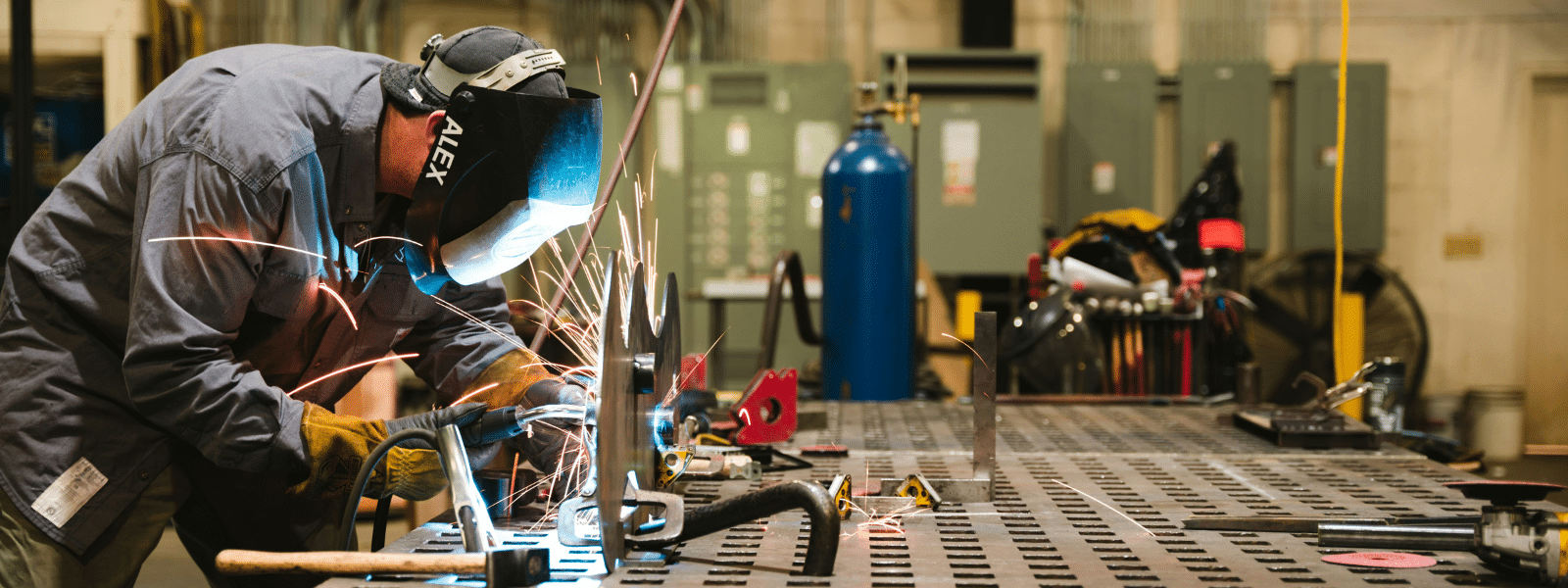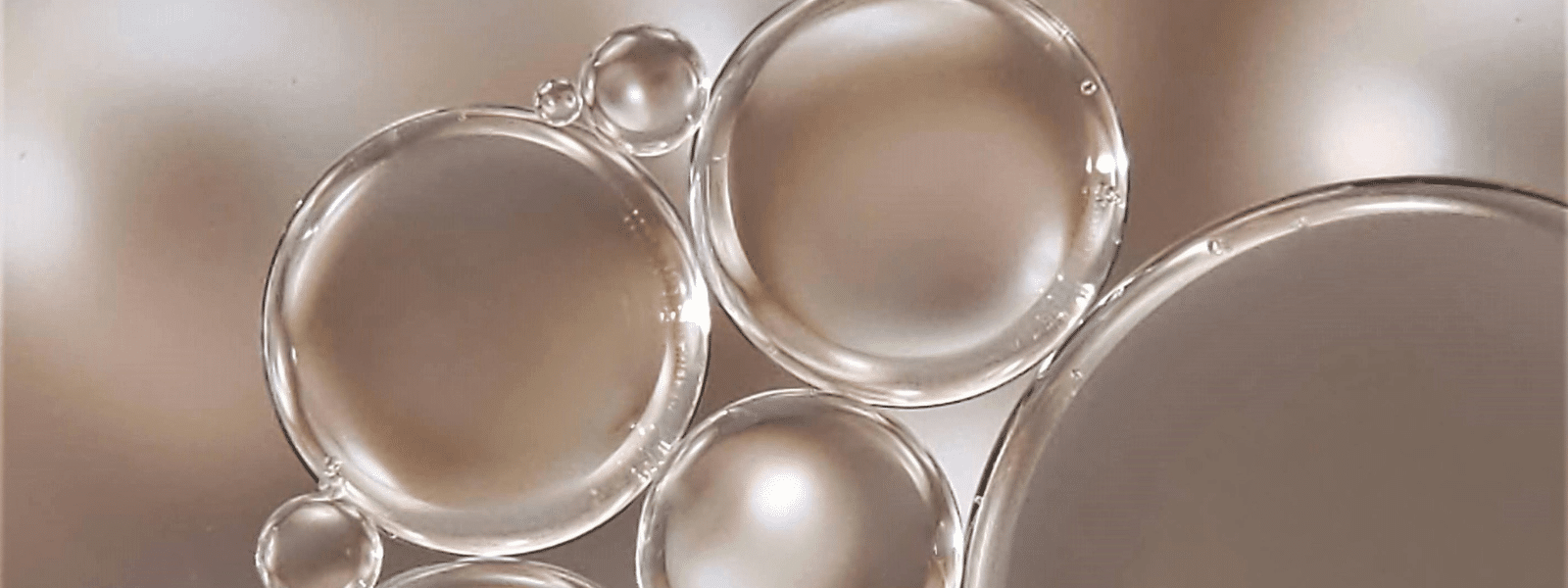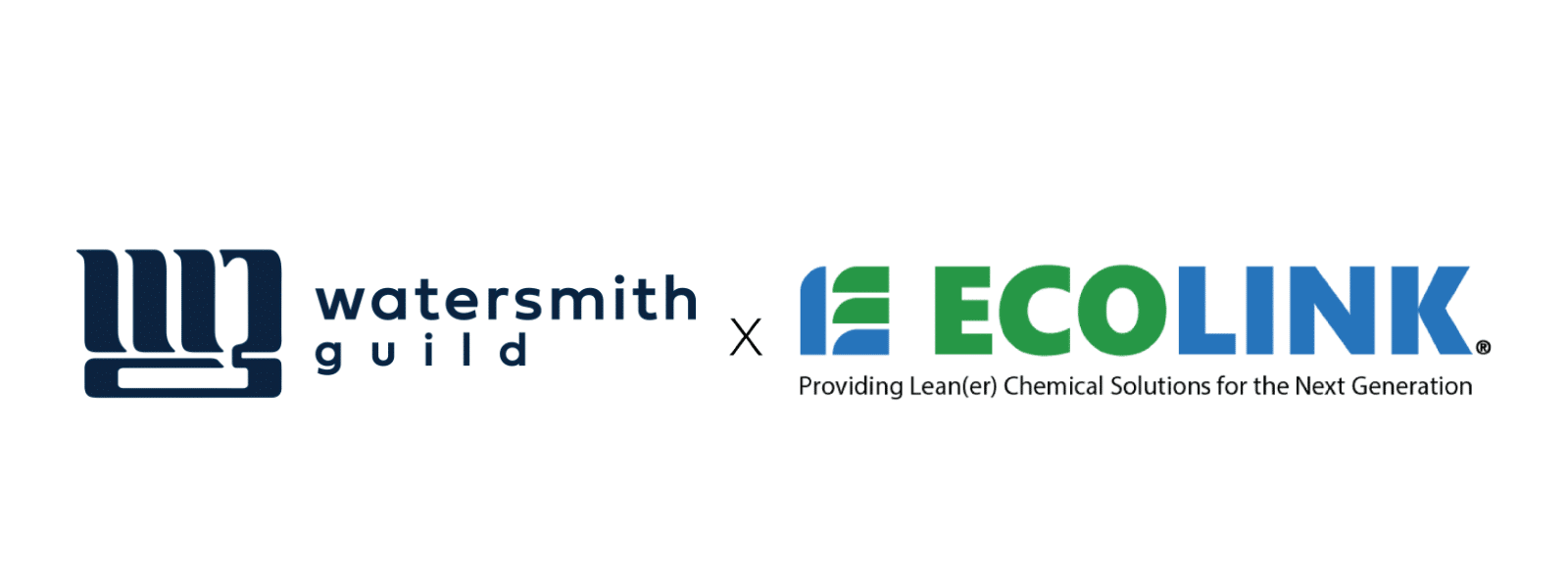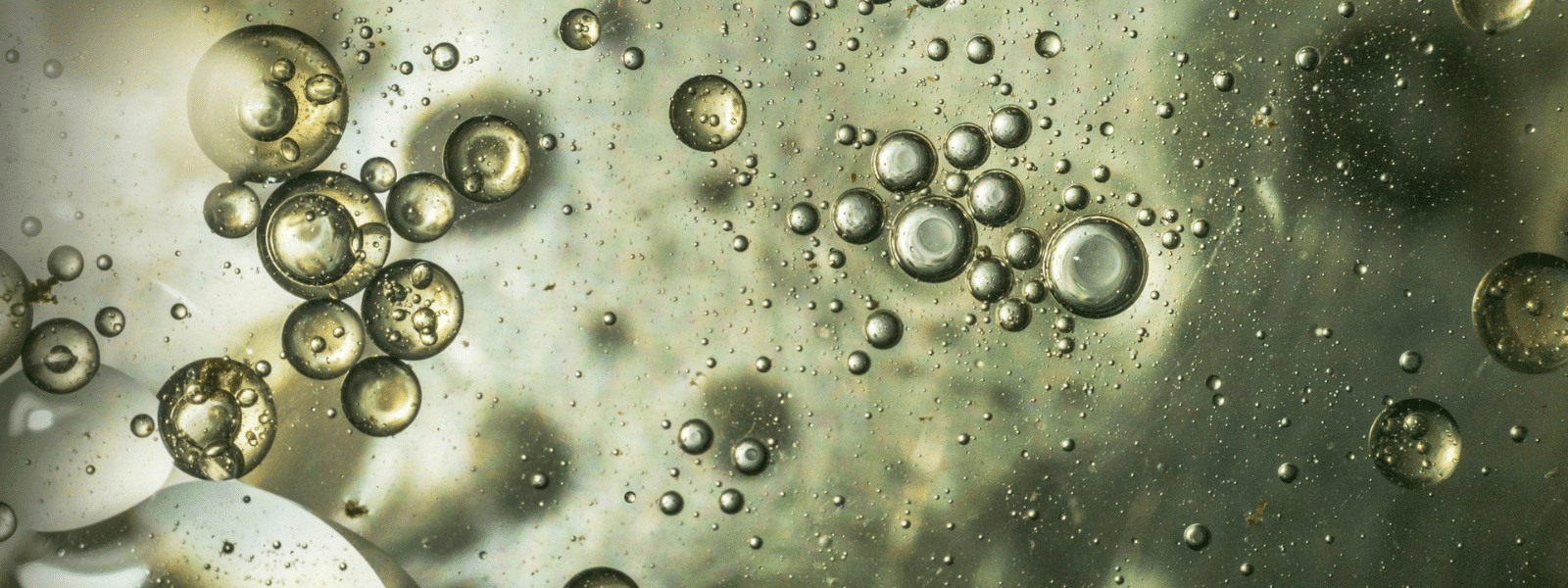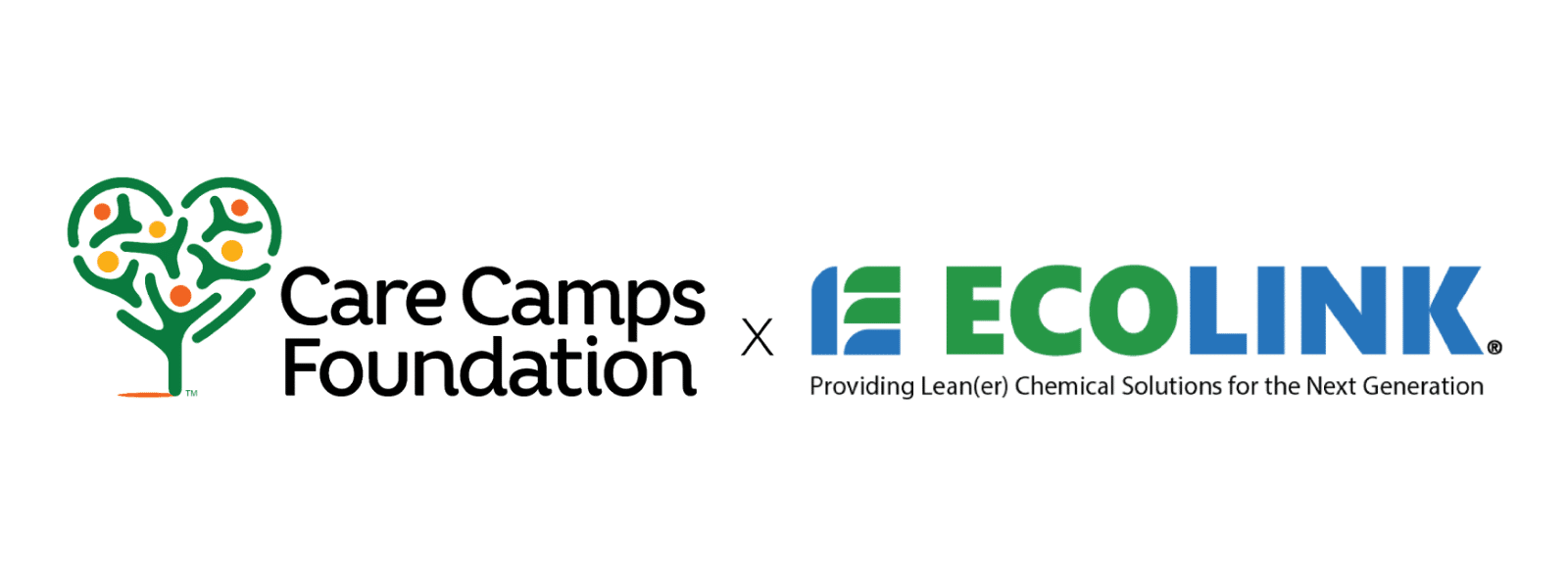As environmental consciousness and safety consciousness in the workplace have increased, many conventional cleaning solutions have been severely regulated or banned by the EPA. For example, MIL-PRF 680 B and PD 680 Type II are two cleaning solutions whose use in industrial and commercial settings has been significantly curtailed or eliminated due to deleterious effects the solutions can have on the natural environment and those who routinely use the products.
What’s Wrong With MIL-PRF 680 B?
In April 2010, the cleaning solvent industry officially replaced MIL-PRF 680 B with MIL-PRF 680 C. Unlike the former solution, the latter one has a higher flashpoint (145°F), better solvency, lower VOC content (17 grams/liter), is fully evaporative and non-residual, and is approved for government and military use. The solution is also widely used by other types of entities, as well.
For the EPA, of particular concern are the VOCs in MIL-PRF 680 B. In addition to potentially causing chronic health problems in those who are routinely exposed to them, VOCs can also harm the environment by creating toxic emissions. Most VOCs evaporate at room temperature. Consequently, eliminating VOCs is typically far easier than trying to control them in vapor form.
What’s Wrong With PD 680 Type II?
This solution (a.k.a. mineral spirits or Stoddard solvent) experienced a similar fate as MIL-PRF 680 B for some of the same reasons. Although the Type II formulation of PD 680 has many dangerous aromatic hydrocarbons removed, it nonetheless has two strikes against it: The cleaner is formulated as a petroleum distillate, and exposure to it can cause health problems.
The EPA disfavors petroleum distillates due to the carnage that they can cause if spilled on water or land. Furthermore, resolving a large spill typically entails a costly clean up effort. Concerning its effects on humans, PD 680 Type II is still considered quite dangerous, despite the removal of most aromatic hydrocarbons. Chronic inhalation of vapors from the solution is reported to cause permanent brain damage and damage to the central nervous system.
Identifying Replacement Solutions
If your company or organization is looking for permanent substitutions for MIL-PRF 680 B and PD 680 Type II — replacements that will remain in good standing with the EPA — we recommend switching to Ecolink 250 SS or MIL PRF 680 Type II or Type IV. These solutions have a better safety profile than the solutions they replace, while delivering the same cleaningpower of the replaced solutions. In switching cleaners, you get a safer solution with the same efficacy.
To learn if these solutions are viable replacements for your current solutions, call us at (800) 563-1305, or refer to the contact page on our website. If these solutions are not ideal for your cleaning needs, we will identify solutions that are perfect for the job. If necessary, we can even create a custom cleaning solution that is tailored to your specific cleaning process. With new solutions in place, you can stop worrying about EPA regulations and focus on core business.








